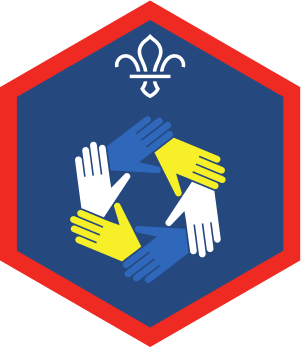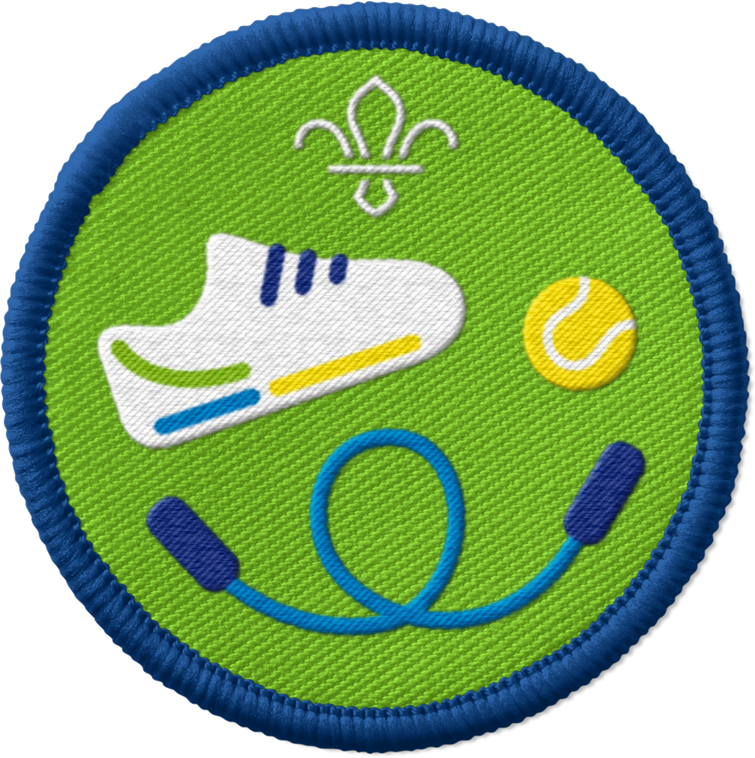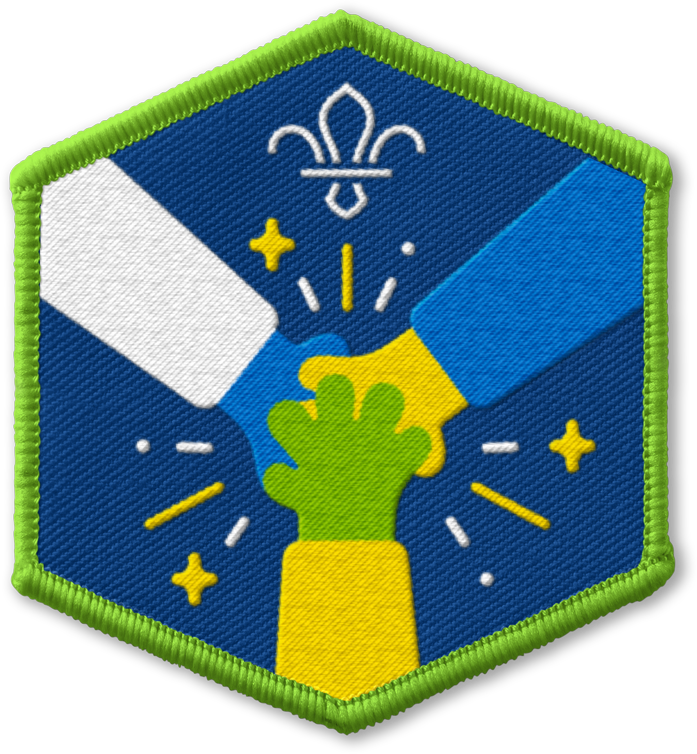Lost and found
You’ll need
- Blindfolds
- Hula hoops
- Equipment to create obstacles
Learn through play
This activity was created with our friends at Boing Kids. Boing is all about giving children the tools they need to explore the world around them and solve problems in a fun way. They support people to create playful, active, and inclusive spaces that develop children’s physical literacy. Physical literacy means understanding how you interact with the world around you – it involves concepts like reacting to objects, moving creatively, and interacting with other people.
Before you begin
- Use the safety checklist to help you plan and risk assess your activity. Additional help to carry out your risk assessment, including examples can be found here. Don’t forget to make sure all young people and adults involved in the activity know how to take part safely.
- Make sure you’ll have enough adult helpers. You may need some parents and carers to help if you’re short on helpers.
Setting up the game
- Mark out two large safe zones at opposite ends of your space
- Put lots of pieces of equipment and obstacles in the space between the two safe zones for the blindfolded people to make their way through or collect.
Near, far, wherever you are
- Everyone should get into groups of three and number themselves one, two, and three.
- The number ones and twos should stand in one safe zone. The number threes should stand in the opposite safe zone. The number threes shouldn’t move around in the safe zone.
- The number ones should put on a blindfold and stand inside a hula hoop held at waist height by their number two. Number ones must not touch the hula hoop.
- The aim of the game is for numbers one and two to safely collect three pieces of equipment, such as cones, and reunite with their number threes.
- The person leading the game should start the game by saying ‘go’.
- Everyone should work out how best to collect their equipment and reunite their groups. Remind people that communication is key.
- Every 30 seconds or so, the person leading the game should shout ‘change’ and the number threes should move from one safe zone to the other. The groups will have to try to reunite before the next change.
- The game is over when all of the groups are reunited. If one group finishes early, they could swap roles and start again.
The key to learning through games isn’t winning or losing. It’s creating the right atmosphere. Try to create a space where everyone feels confident trying new things, finding out what works, and learning from what doesn’t work. Sometimes things might feel a bit chaotic – as long as everyone’s enjoying themselves and getting involved, you’re onto a winner.
There are three things you can change to get the right atmosphere: the task, the environment, or the individual.
If a game’s too easy (or it feels a bit boring), you could:
- make the task harder
- make the game area smaller
- add more obstacles
- give individuals different roles to do.
If a game feels too chaotic or difficult, you could:
- make the task simpler
- remove or change some equipment
- ask people to work together.
Reflection
Take the time to think about what you did and why – you’ll be amazed at what you learn. Try out a quick, active reflection from our reflective toolkit to lock in the great things you tried and learned in this activity.
Safety
All activities must be safely managed. You must complete a thorough risk assessment and take appropriate steps to reduce risk. Use the safety checklist to help you plan and risk assess your activity. Always get approval for the activity, and have suitable supervision and an InTouch process.
- Active games
The game area should be free of hazards. Explain the rules of the game clearly and have a clear way to communicate that the game must stop when needed. Take a look at our guidance on running active games safely.
To step it up, try creating a big square around the playing area and make some group members throwers. Give them some balls to roll at the blindfolded number ones’ feet to try and get them out. If number ones get hit they should drop all of their equipment and start again.
To make the game easier, remove the number twos and the hula hoop. Number threes should stay put and use their voice to guide the number ones towards them.
Anyone who doesn’t like blindfolds could close their eyes instead.
Make sure the equipment is laid out with enough space for everyone, including anyone who uses a mobility aid. Number twos could pick up the equipment from the ground if any of the number ones find it tricky.
All Scout activities should be inclusive and accessible.
Try out some more active games and get your body moving with our activity finder.




